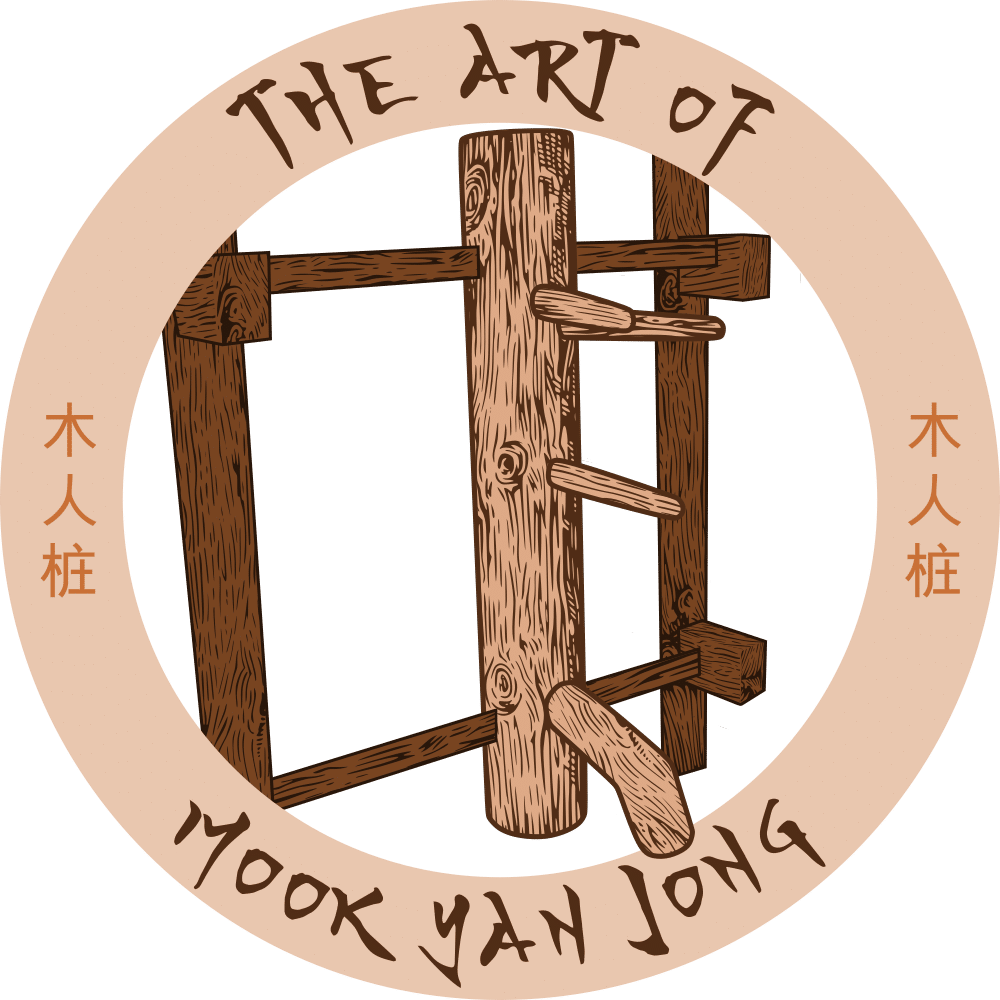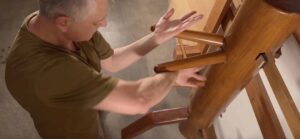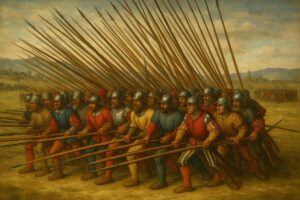A Cross-Cultural Martial Arts Comparison

By Branko Knezevic | The Art of Mook Yan Jong
Website: theartofmookyanjong.com | Email: th*****************@***il.com
Introduction to the ultimate guide to Wing Chun wooden dummy training
What is the connection between the Roman soldiers’ pell practice and Wing Chun wooden dummy training?
This article explores the value of Wing Chun wooden dummy training and its parallels with Roman Pell practice. In contemporary martial arts training—regardless of style—the prevailing approach emphasizes semi-controlled or uncontrolled sparring, with a strong focus on partner work. Solo practice is often limited to conditioning exercises. Another characteristic of modern martial arts is that the primary purpose of training is frequently competition.
Why, then, did Roman soldiers, who engaged in life-or-death combat, dedicate a significant amount of time to solo practice? From the perspective of modern martial arts, such practice might appear inefficient or even unnecessary. Yet the surviving written records from that period suggest the Romans did not share this modern view. Since their survival depended directly on the quality of their martial and military training, it is worth examining and understanding their approach to solo training.
This article draws inspiration from three interdisciplinary works—The Roman Gladius and the Ancient Fighting Techniques by Fabrizio Casprini and Marco Saliola, The Hand: How Its Use Shapes the Brain, Language, and Human Culture by Frank R. Wilson, and The Craftsman by Richard Sennett—to explain the universal pedagogical and neurological benefits of wooden dummy and similar solo training tools. These perspectives help illuminate why tactile, repetitive, and mindful solo practice remains valuable not just within specific traditions like Wing Chun, but for the martial arts community as a whole.
Historical Background
The most relevant source from the Roman period comes to us through General Flavius Vegetius Renatus (c. AD 383–450). In his Epitome of Military Science, he states:
‘…neither the arena nor the battlefield ever proved a man invincible in armed combat, unless he was judged to have been thoroughly trained at the post’ (qtd. in Casprini and Saliola 207–208).
He also emphasized that these exercises should be conducted both in the morning and afternoon. The training focused on developing coordination and speed in offensive and defensive movements. Psychologically, these ingrained skills evolved into ‘instinctive movements,’ which were essential for maintaining a calm mind during life-or-death encounters (Casprini and Saliola 207–208).
The Didactic Tactile Learning in Wing Chun Wooden Dummy Training
The didactic tactile method of teaching is deliberate, structured, and designed to impart specific knowledge or skills by manipulating objects through physical touch. This type of activity stimulates the senses—touch, sight, and sound—which work together to develop skill. Such physical engagement creates strong neural connections in the central nervous system while improving the sense of body positioning in space, or proprioception (Wilson).
Essentially, the practitioner engages the peripheral nervous system to supply information to the central nervous system. Proprioception provides the sense of:
– Joint position (active and passive)
– Movement (direction, duration, speed, acceleration, and timing)
– Force and tension, detected by sensory receptors in muscles and tendons (Wilson)
The nervous system learns more effectively when feedback is immediate and physical. Touch and resistance create neuromotor patterns that verbal instruction alone cannot. Both the dummy and the pell help imprint correct patterns into procedural memory—’muscle memory’—through thousands of repeated, mindful movements (Sennett).
The Wing Chun wooden dummy is an extraordinarily sophisticated didactic tool that develops universal qualities necessary for any type of physical confrontation. It teaches the practitioner angles, structure, pressure, and flow through tactile engagement. For example, proper wrist alignment is developed through mindful contact, while rotating around the arms of the dummy teaches the practitioner to maintain consistent pressure. The dummy provides a constant, reliable tactile stimulus; one learns by doing, feeling, and adjusting. Wing Chun wooden dummy training not only develops technical skills but also mental focus and resilience.
Similarly, the Roman pell was used to train soldiers to strike with sword and shield. Like the wooden dummy, the pell was stationary, forcing the soldier to adjust their body to achieve correct angles, generate power properly, and build durability. Repeated contact conditioned the body for impact and stress, while helping soldiers internalize distance, measure, and control. They learned to feel when strikes landed effectively (Casprini and Saliola).
3 Shared Principles of the Roman Pell and Wing Chun Wooden Dummy Training
Both didactic tools share key principles:
– They offer an external, consistent physical reference point that teaches through tactile feedback.
– They demand active learning: the body learns through trial, error, and correction under passive resistance.
– They help internalize technique, timing, and structure through direct contact experience.
Conclusion: Why Wooden Dummy Training Still Matters
This cross-cultural comparison between the Roman pell and the Wing Chun wooden dummy highlights shared principles that transcend style or historical context. Both tools function as didactic devices that foster neuromotor development, proprioception, mental calmness, and technical precision through deliberate, tactile repetition.
Drawing on the insights of Casprini and Saliola, Wilson, and Sennett, it becomes clear that these practices are not simply relics of the past or stylistic quirks; they embody a profound understanding of how humans acquire and internalize skill through the hands and body. The tactile engagement, resistance, and consistency of these tools create embodied knowledge—procedural memory—that verbal instruction or sparring alone cannot replicate. These principles highlight why Wing Chun wooden dummy training remains relevant today.
For the martial arts community today, recognizing the universal principles behind such solo training can help practitioners and instructors re-evaluate the role of these methods, not as secondary to partner work, but as a foundational element of mastery.
Call to Action
Ready to take your training to the next level?
– Download our free instructional video and PDF guide to start your Wing Chun wooden dummy training now: https://start.theartofmookyanjong.com
– Visit our YouTube channel for tutorials, insights, and discussions: https://www.youtube.com/channel/UCnvaiE7UwuDl6Xk1wX-rZzw
Let these timeless training tools help you build precision, confidence, and skill—one mindful movement at a time.
Works Cited
Casprini, Fabrizio, and Marco Saliola. The Roman Gladius and the Ancient Fighting Techniques. Greenhill Books, 2009.
Sennett, Richard. The Craftsman. Yale University Press, 2008.
Wilson, Frank R. The Hand: How Its Use Shapes the Brain, Language, and Human Culture. Vintage Books, 1998.

